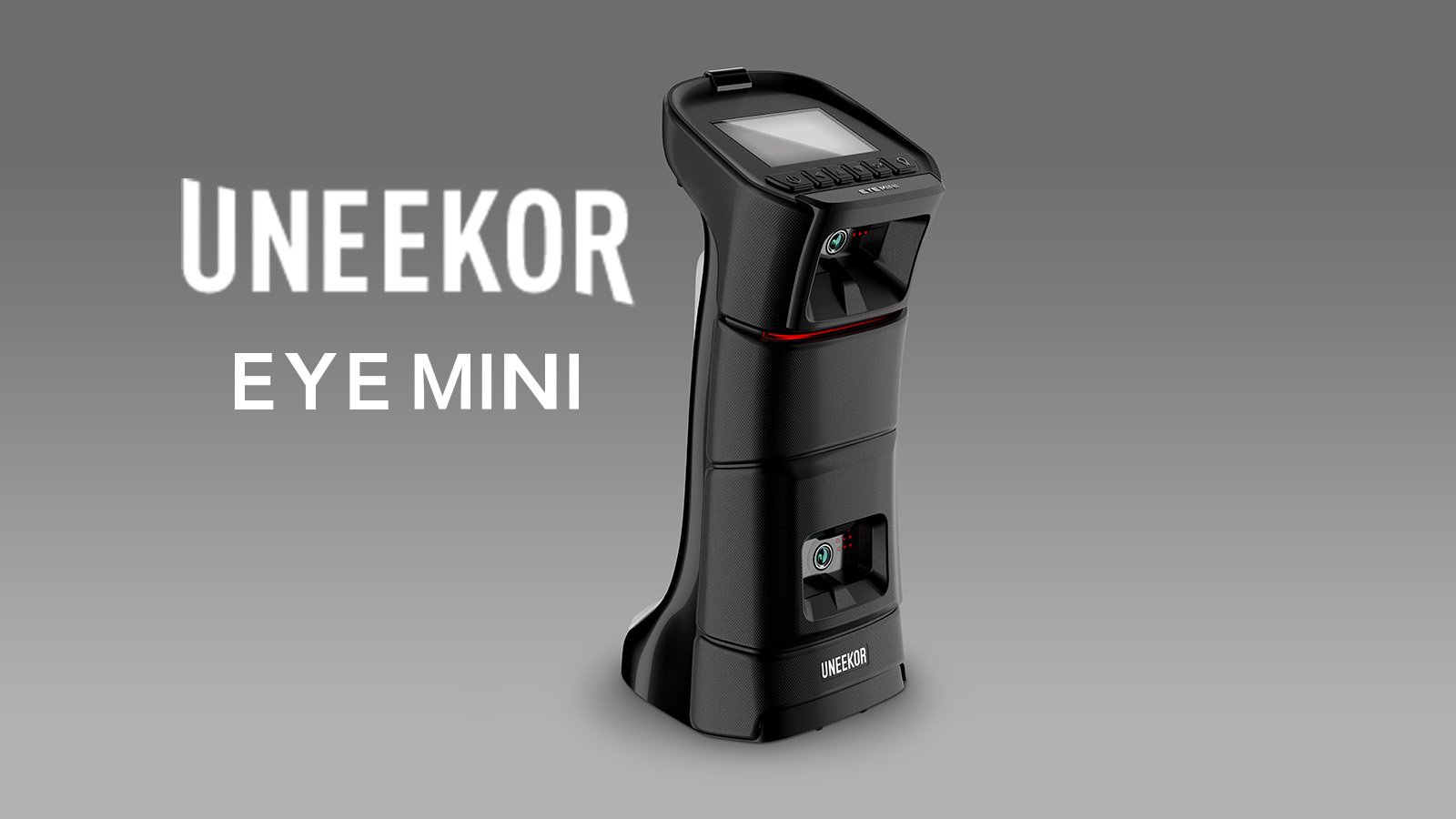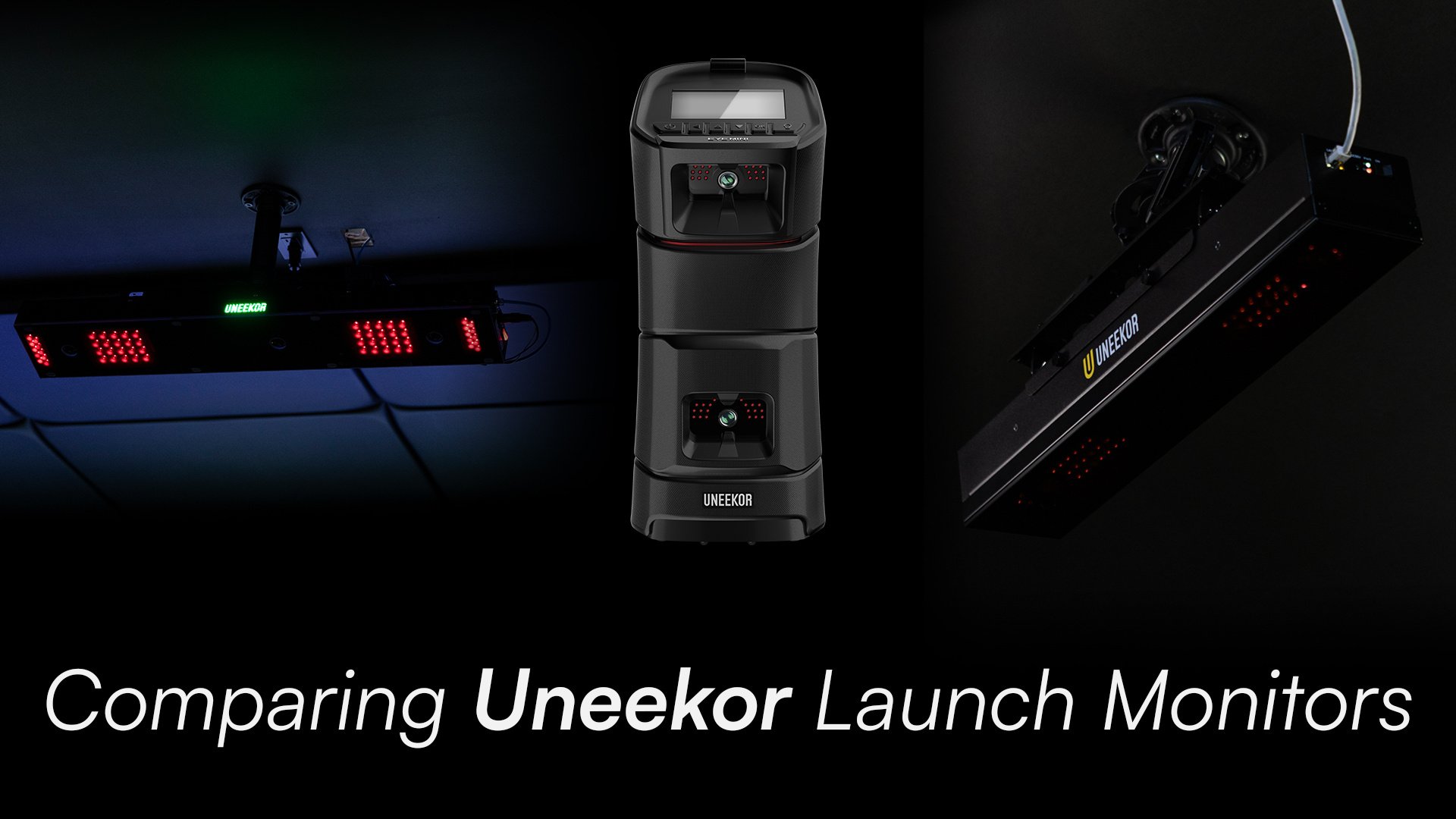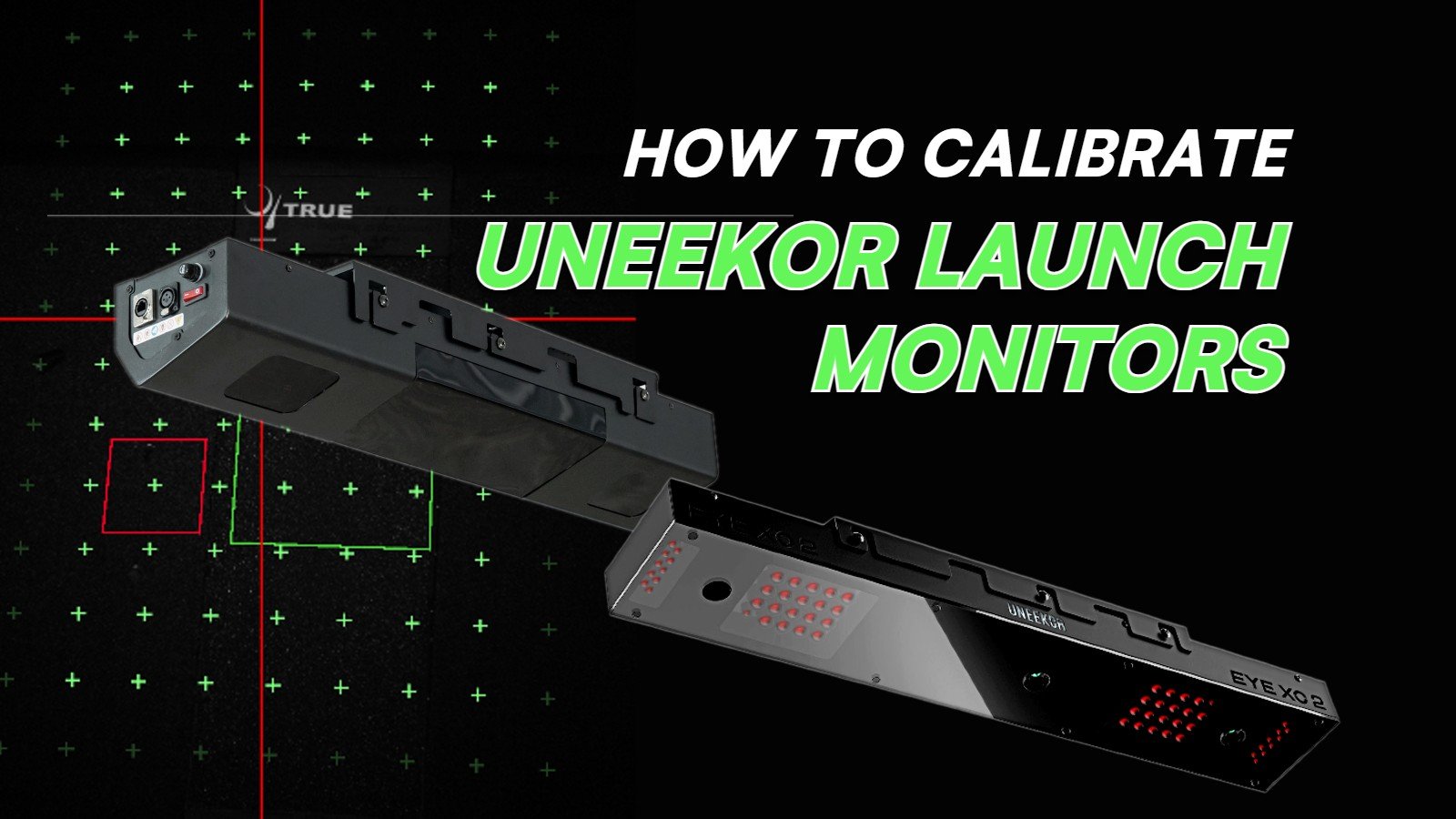Since the release of the NVISAGE N1 Launch Monitor, the new-to-market company has flaunted its budget friendly unit’s accuracy. In fact, NVISAGE said the N1 “offers comparable accuracy to the EYE XO2 at a fraction of the cost.”
Sure, the fraction of the cost might be true, but what about the accuracy? NVISAGE published an article showing similar numbers between the N1 and the Uneekor EYE XO2, an industry mainstay. But we wanted to put it through the same test in Carl’s Showroom Testing Lab to see if NVISAGE is right.
So, in true Carl’s Place fashion, we put the two up against each other - mano a mano. With both units running at the same time, we had Tim hit 10 shots with a driver, a 6 iron and a pitching wedge, and recorded the following data parameters: carry distance, ball speed and total spin.
Below are our findings.
Note: We are aware that running two launch monitors at the same time may cause interference. From our testing, it did not seem like either the N1 or the EYE XO2 were experiencing any interference.
NVISAGE N1 VS. UNEEKOR EYE XO 2 COMPARISON
DRIVER
We went straight to the big dog and started with the stick that provides the highest ball and club speed. Typically in our tests at the range and indoors, the driver is where launch monitors can struggle the most because of the higher ball and club speeds.
The N1 handled the driver respectively; we were decently impressed by the numbers.
The ball speed and carry distance numbers were very solid. No shot was more than 7% different for carry distance, and no more than 4% different for ball speed.
For total spin, there were a couple outliers that were slightly off, which in turn can affect the average a bit, but the spin numbers were still within 10%!
 6 IRON
6 IRON
The NVISAGE N1 improved with the 6 iron shots in both carry distance and total spin. This is not surprising given that the N1’s cameras are able to capture more images of the ball at a lesser speed.
The carry distance difference dropped down to 2.69% and spin difference fell to 7.27%.
However, the ball speed numbers were, on average, a little worse with the 6 iron than they were with the driver. That was a bit surprising, but being off by just 2.06% is still very good
 PITCHING WEDGE
PITCHING WEDGE
As we’ve seen with other launch monitors, the pitching wedge numbers were the overall most accurate. It’s easier for a launch monitor to get good readings with the lower ball speeds produced by pitching wedge shots.
Carry distance was consistently within a couple yards, averaging out to 1.73%. Ball speed numbers got back down under 2% difference (1.37% to be exact). And spin dropped all the way down to only 4.7% different.
 CONCLUSION
CONCLUSION
If we are considering the EYE XO 2 as one of the most precise units on the market, then the NVISAGE N1 is pretty dang accurate itself.
Overall, the N1’s carry distance and speed numbers were very close to the EYE XO 2. Sure, some of the spin numbers were a bit off at times, but who knows: maybe some of the actual spin numbers were more in the middle of the two launch monitors.
We did notice throughout the test that shot shapes on each monitor were pretty similar, so spin axis numbers were likely pretty close.
Overall, we see the NVISAGE N1 as a great, budget friendly option for those who do not want to or don’t have the option to work with a floor mounted unit.
“Putting the N1 up against the EYE XO 2, I think it can definitely hold its own, especially at its price point,” Tim said. “I think the NVISAGE is definitely worth a look.”




 6 IRON
6 IRON PITCHING WEDGE
PITCHING WEDGE CONCLUSION
CONCLUSION